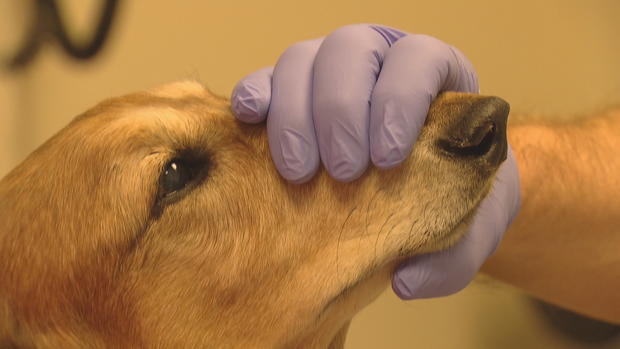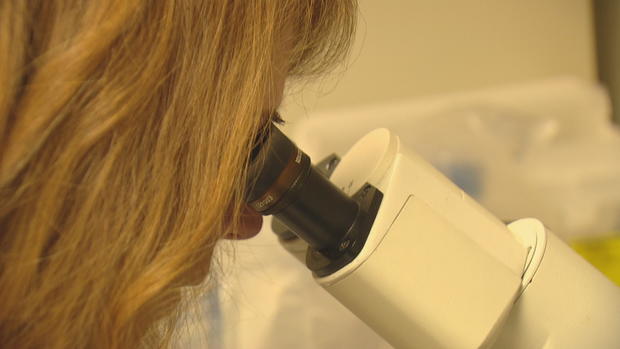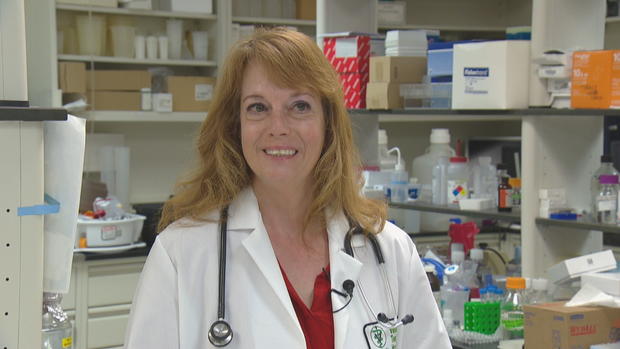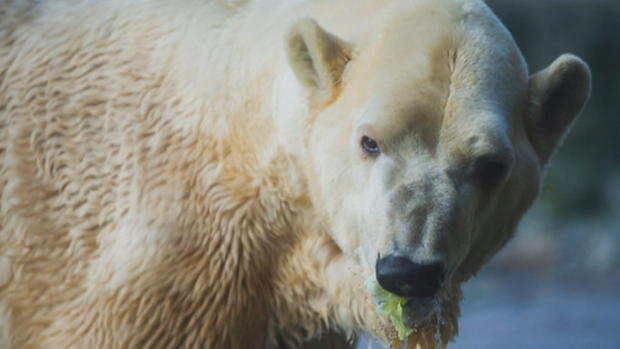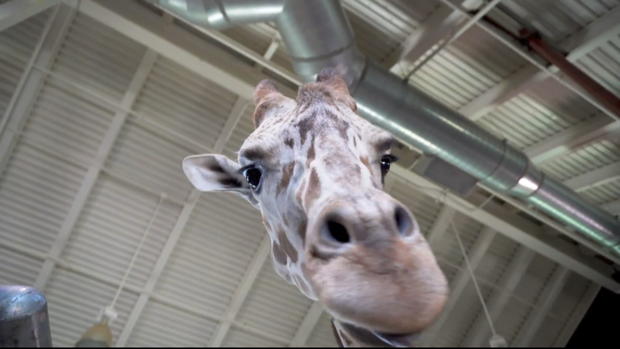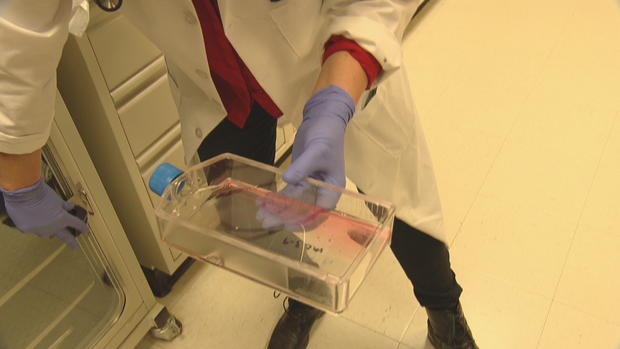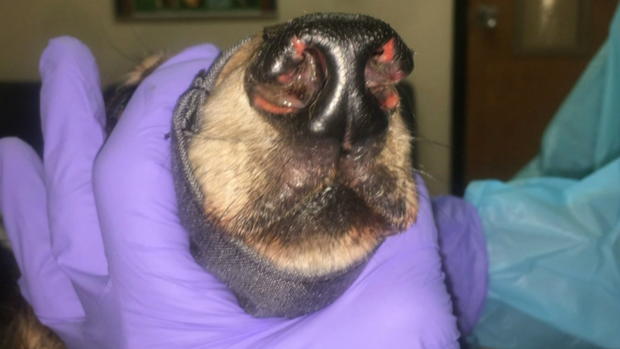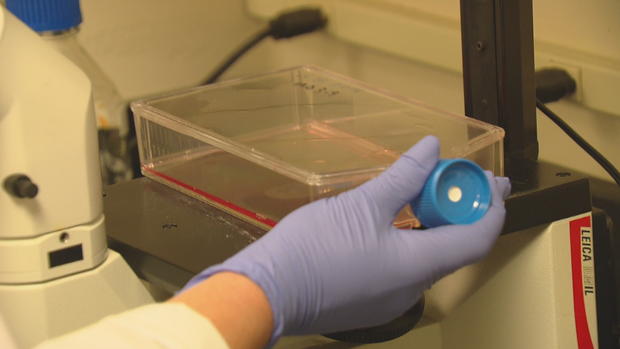Animals Show Results With Stem Cell Research At CSU
By Jim Benemann
FORT COLLINS, Colo. (CBS4)- The team at the Colorado State University College of Veterinary Medicine is leading the way in finding new benefits for stem cell treatments in animals.
The initial, extremely positive benefits were found in large animals. But now the treatments are showing remarkable effectiveness in treating dogs.
And while researchers were familiar with the stems cells potency in treating arthritis and other joint ailments, they're now discovering dramatic improvements in animals with multi drug-resistant infections.
"We're finding they're useful on many conditions, including many that we didn't expect. It's incredibly exciting because we're finding many more uses for the stem cells than we initially thought possible," said CSU veterinarian Dr. Valerie Johnson.
CBS4's Jim Benemann met a delightful woman named Eva Knight who was at the CSU vet hospital with her dog Tootles. Tootles had one of those drug-resistant infections in his nose and was in major discomfort for months.
The usual barrage of antibiotics wasn't working, so the dog's dermatologist asked Dr. Johnson to consider a stem cell treatment. The results were remarkable.
CSU grows stem cells in a lab on the vet school campus. The process takes time and it is expensive. But the Point Defiance Zoo in Tacoma, Washington was eager to see if stem cells might be able to help its aging polar bear, Boris, with debilitating arthritis.
The treatment provided moderate relief, which likely would have been better if the stem cells had been harvested from a younger polar bear. One wasn't available, so Dr. Johnson used some of Boris's own cells. Treating the bear was part of a larger clinical trial on the efficacy of stem cell treatments in exotic animals.
The results were terrific for Mahali the giraffe at the Cheyenne Mountain Zoo in Colorado Springs. He's been having chronic hoof problems, but is now almost entirely cured.
When asked how the stem cells work in an animal's body, Dr. Johnson put it this way, "They're good for bone regrowth, although they don't turn into bone. They're good for cartilage regeneration, although they don't turn into cartilage. They essentially stimulate the animal's other cells to do what they're designed to do."
The cells move to the inflamed or damaged tissue, suppress the inflammation, relieve pain, and cause new tissue to grow.
Eva Knight is thrilled with Tootle's progress, and hope the stem cell treatment might someday show promise for treating us two-legged types.
"I've been thrilled by the possibilities this therapy could have in people. The transitional medicine aspect of it could really, really turn into something special," said Knight.
For now, the only dogs allowed into the program at CSU have to be part of the clinical trial.
Jim Benemann is a longtime anchor at CBS4. He's coming up on 40 years in the TV news business and loves reporting on the stories Coloradans are talking about. Send him your story ideas and follow Jim on Twitter @jimbcbs4.
